PATRIOT PARK - Kubinka / Russian Federation
Update: 2020/05/15 by Robert Kysela / CHK6
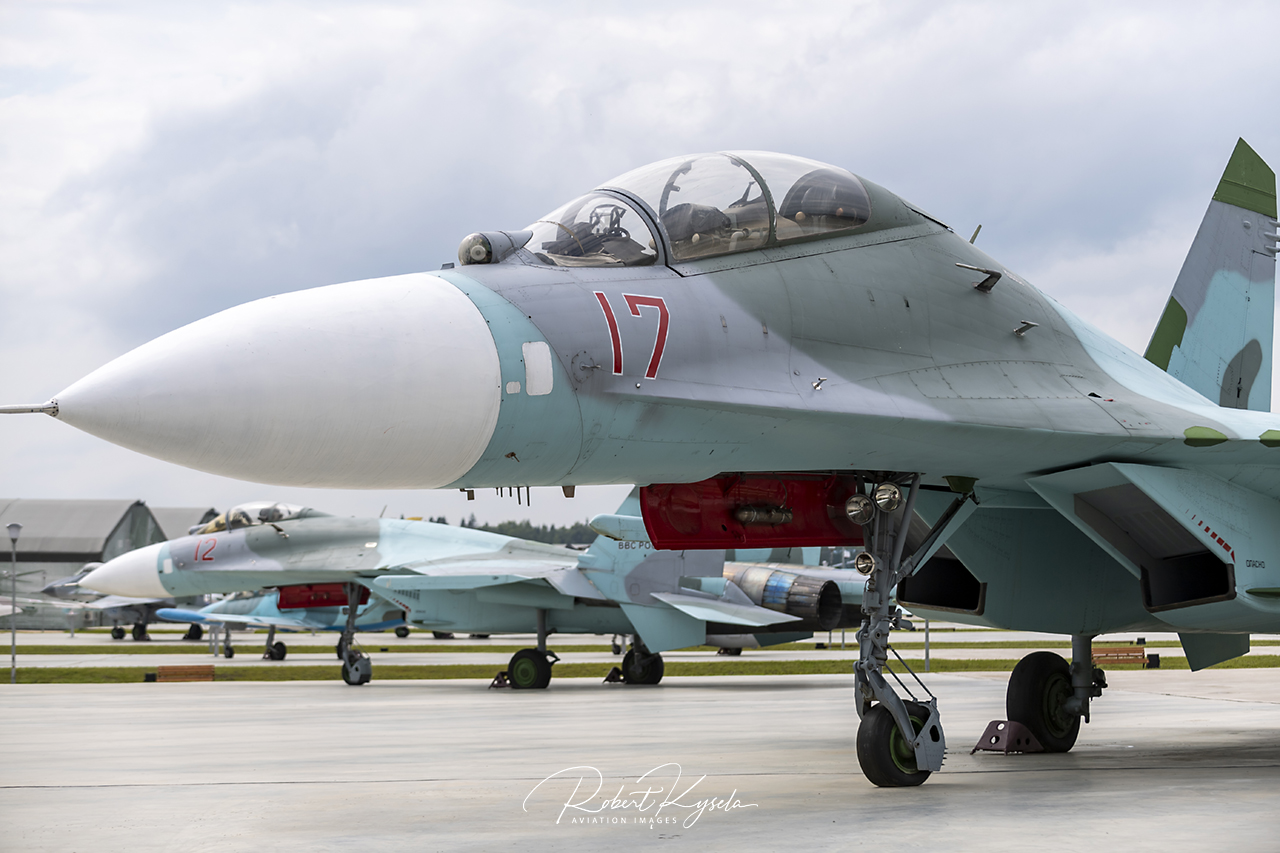
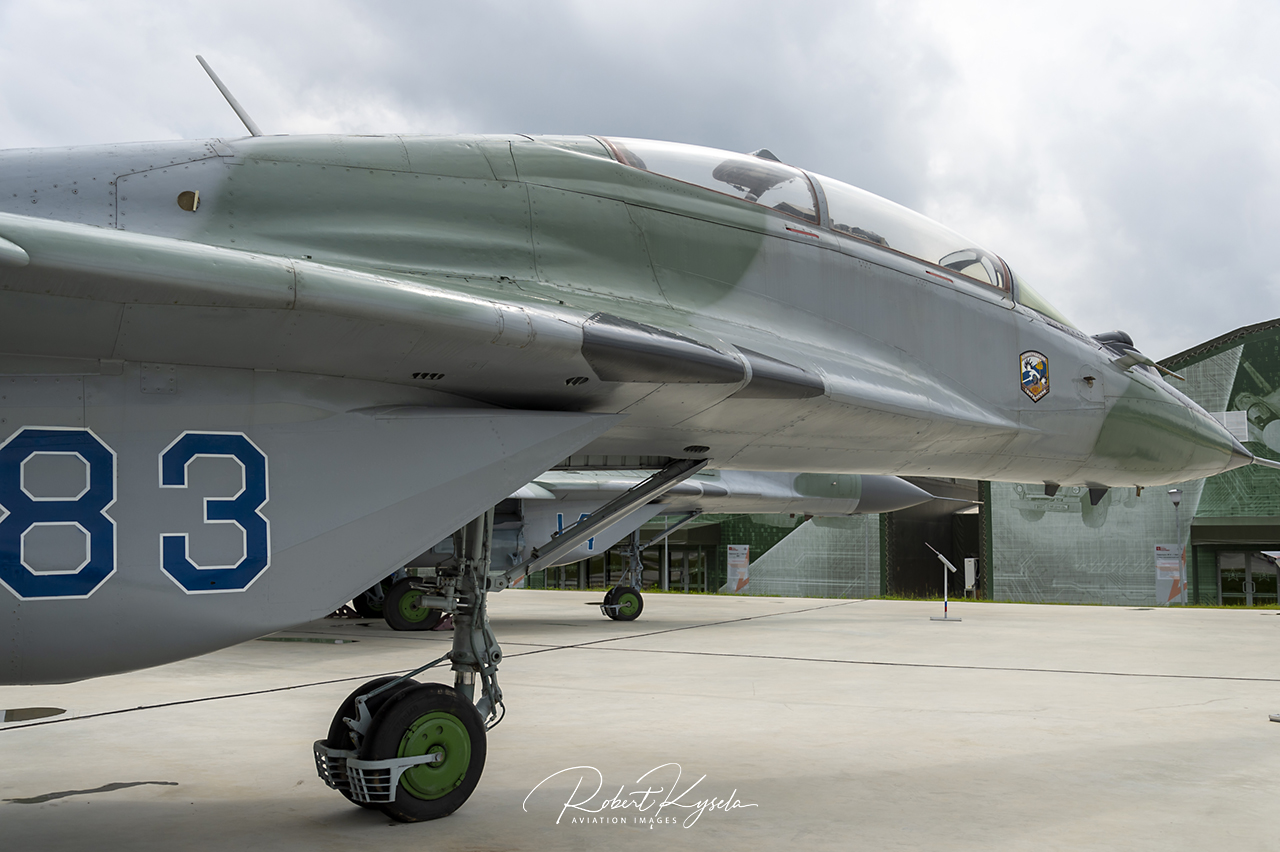
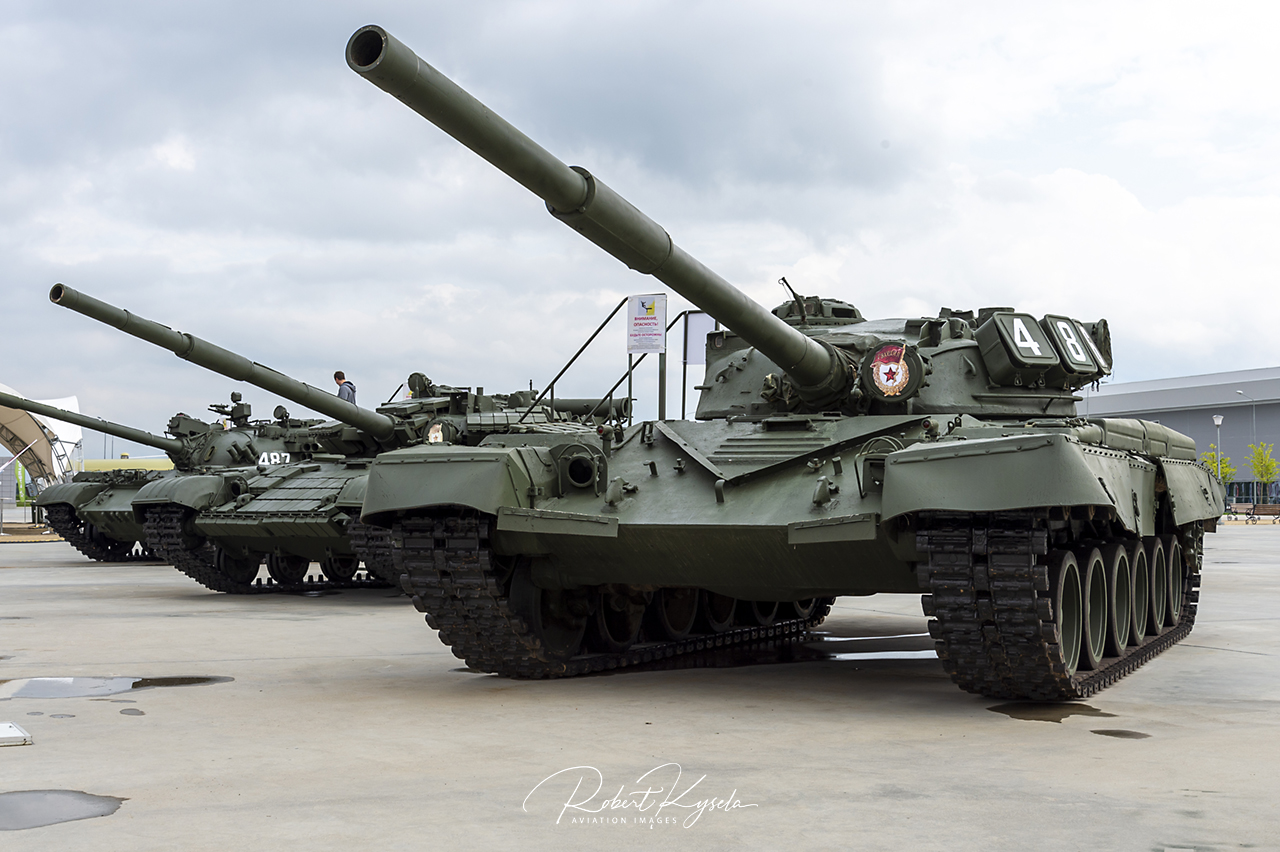
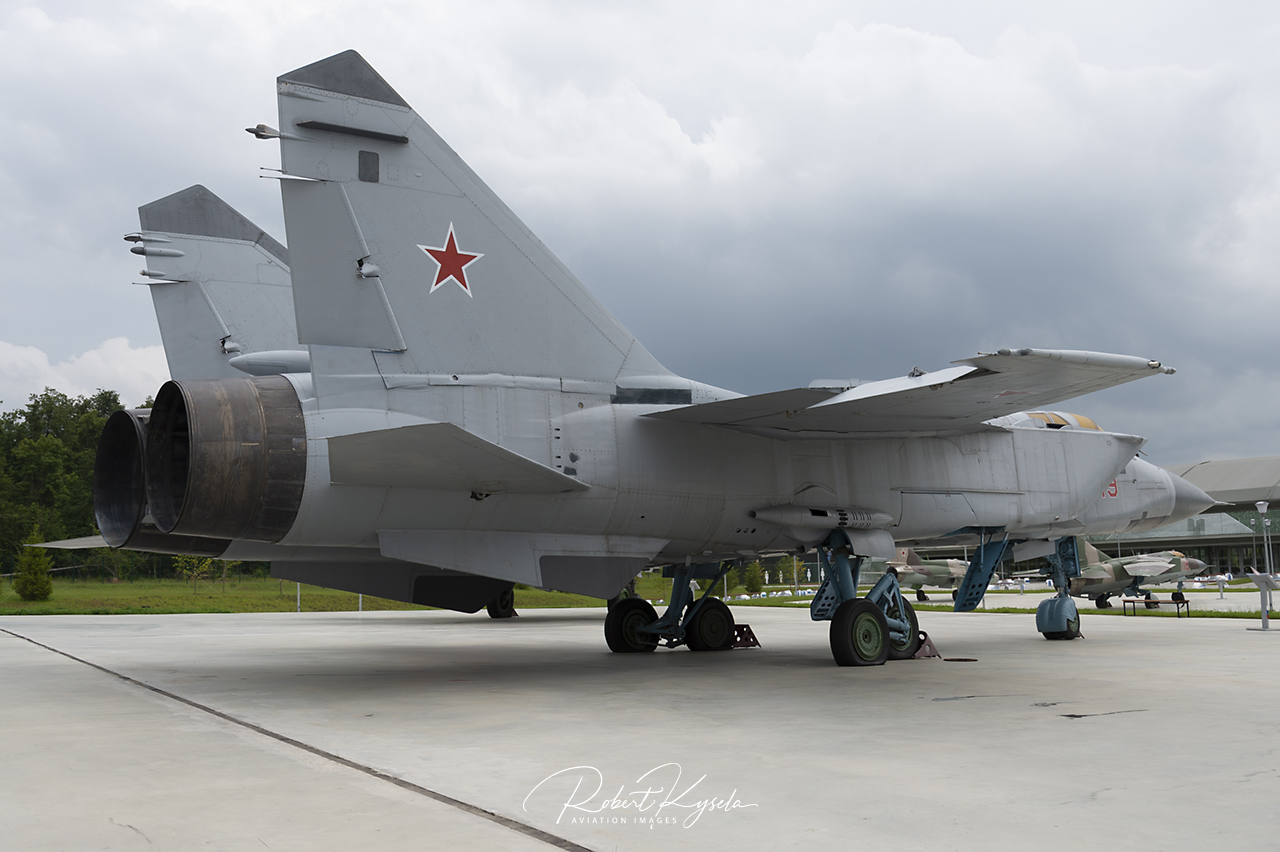
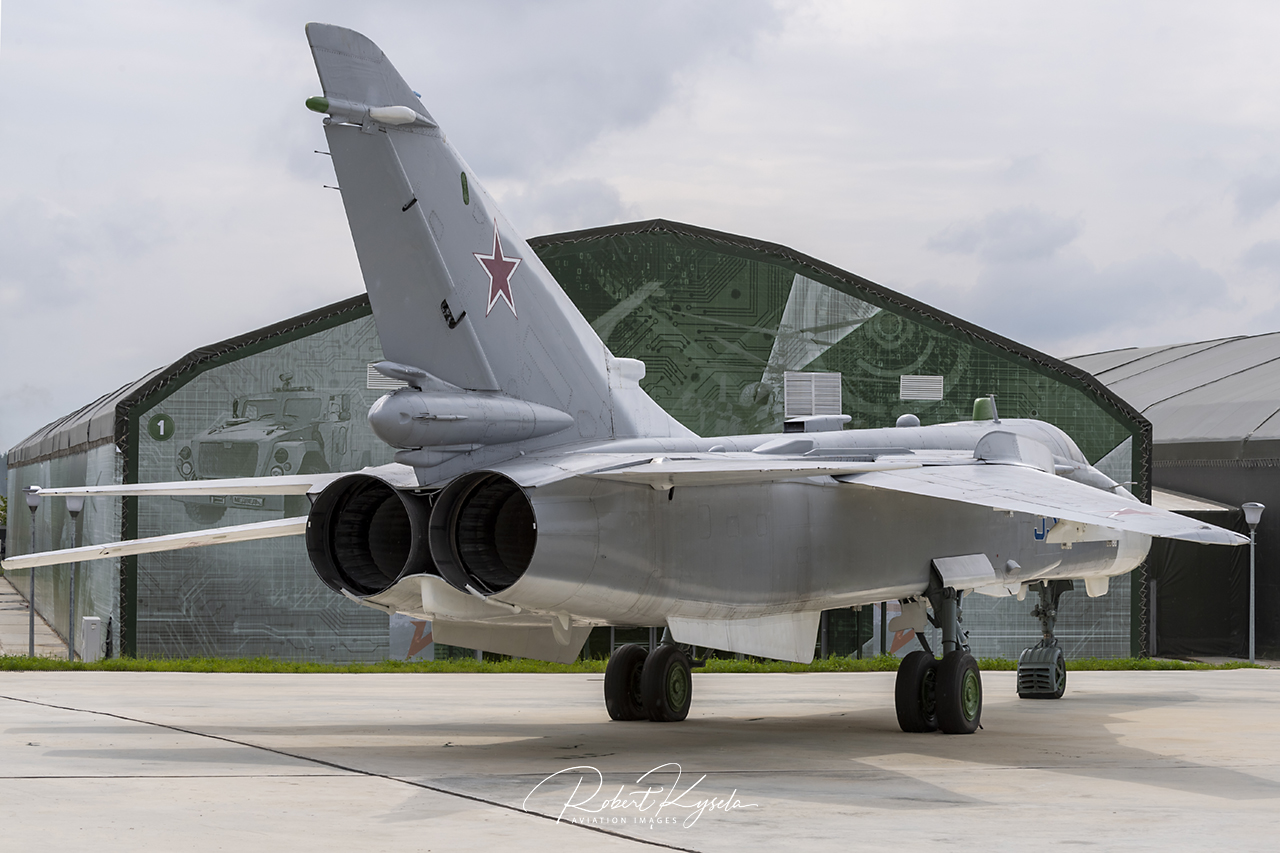
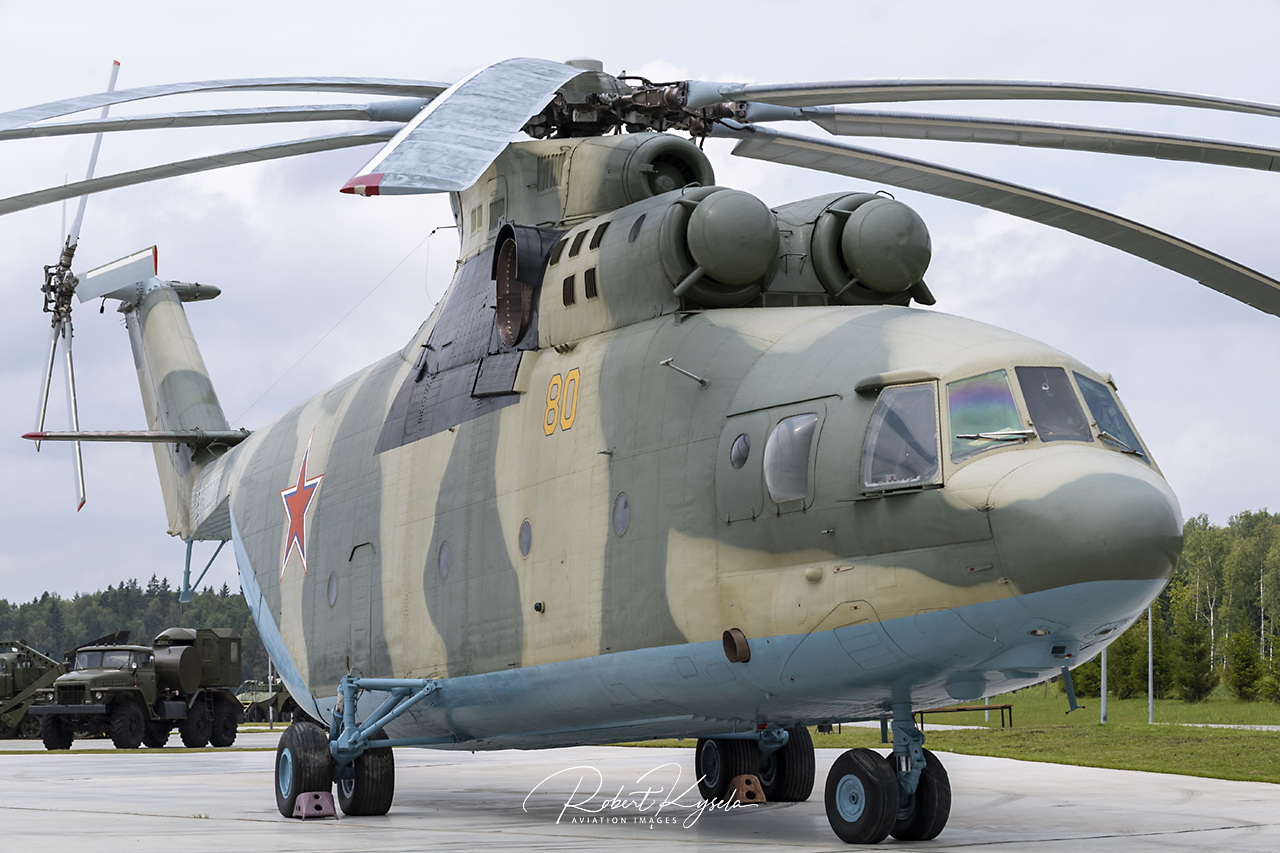
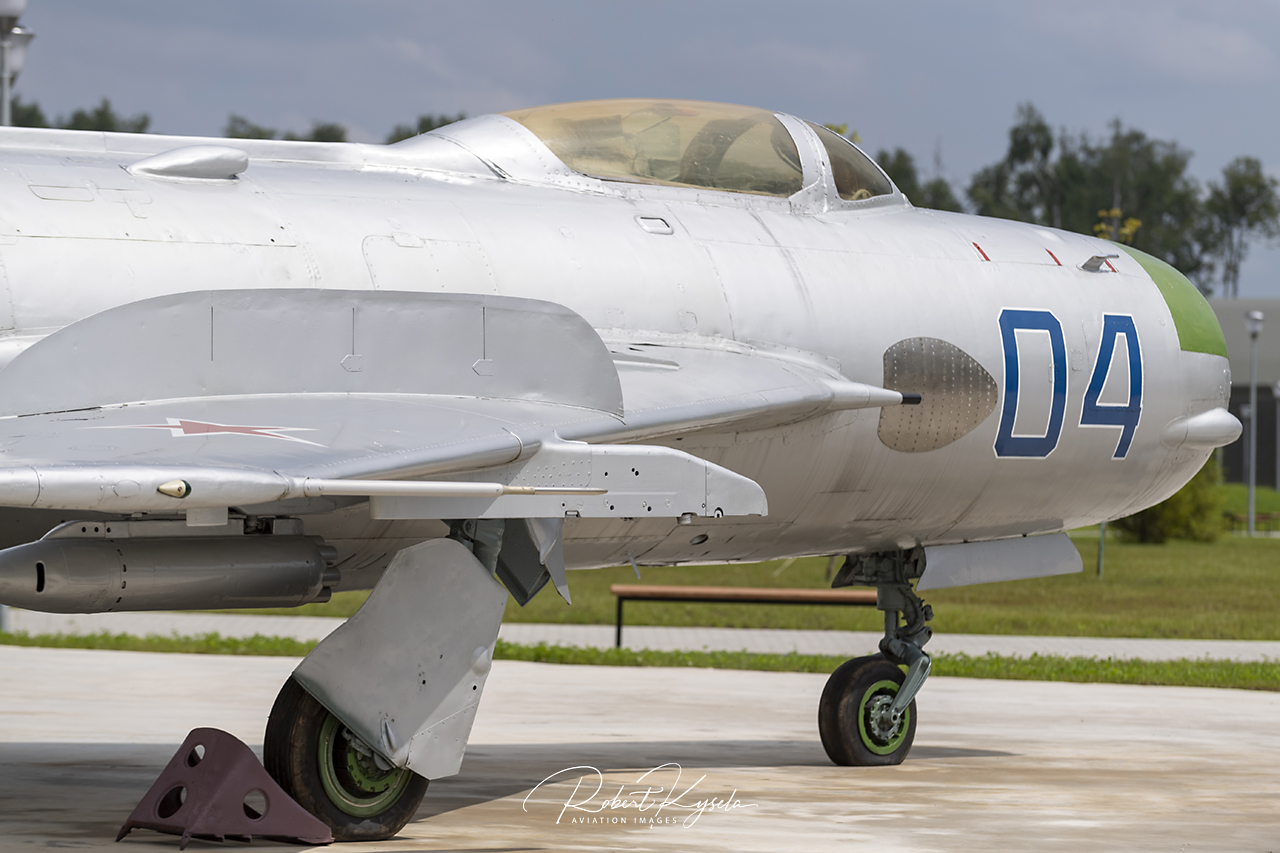
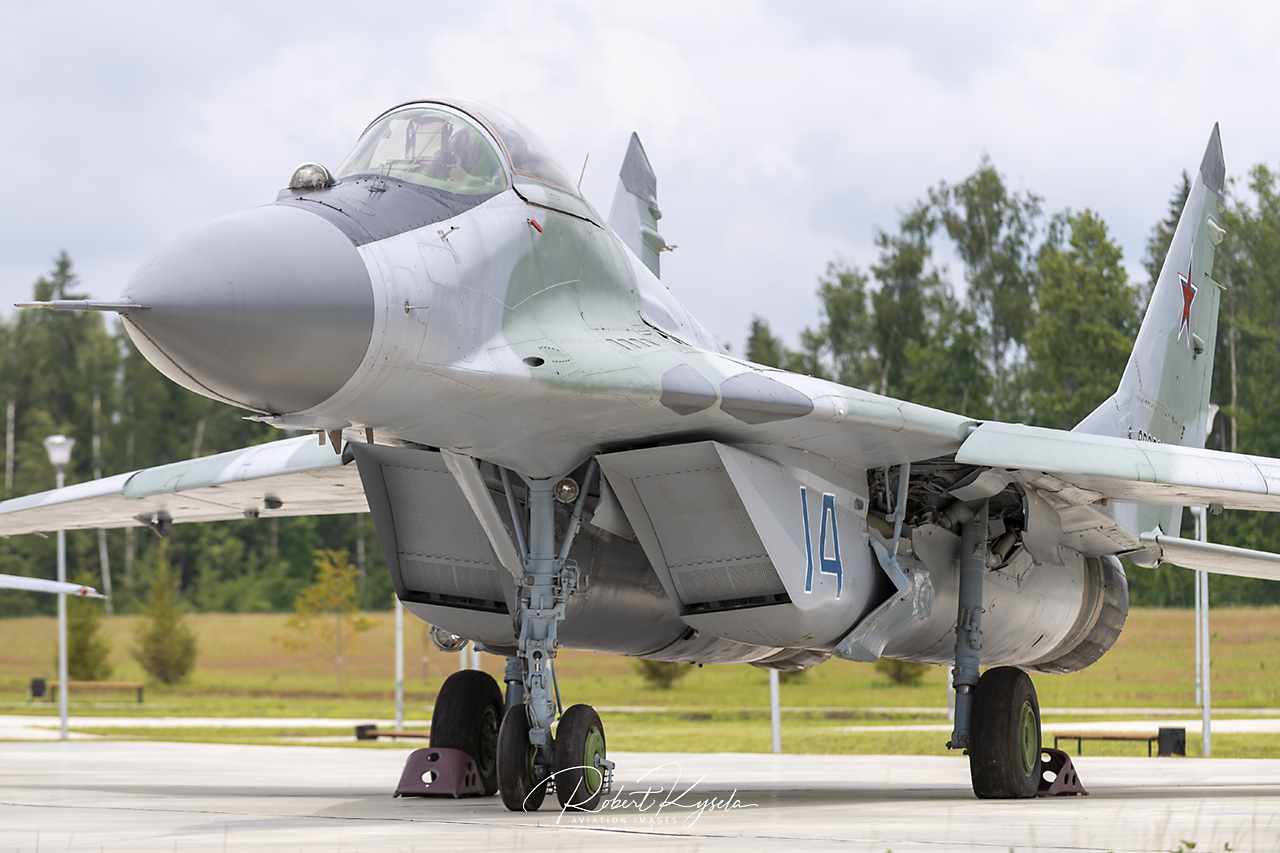
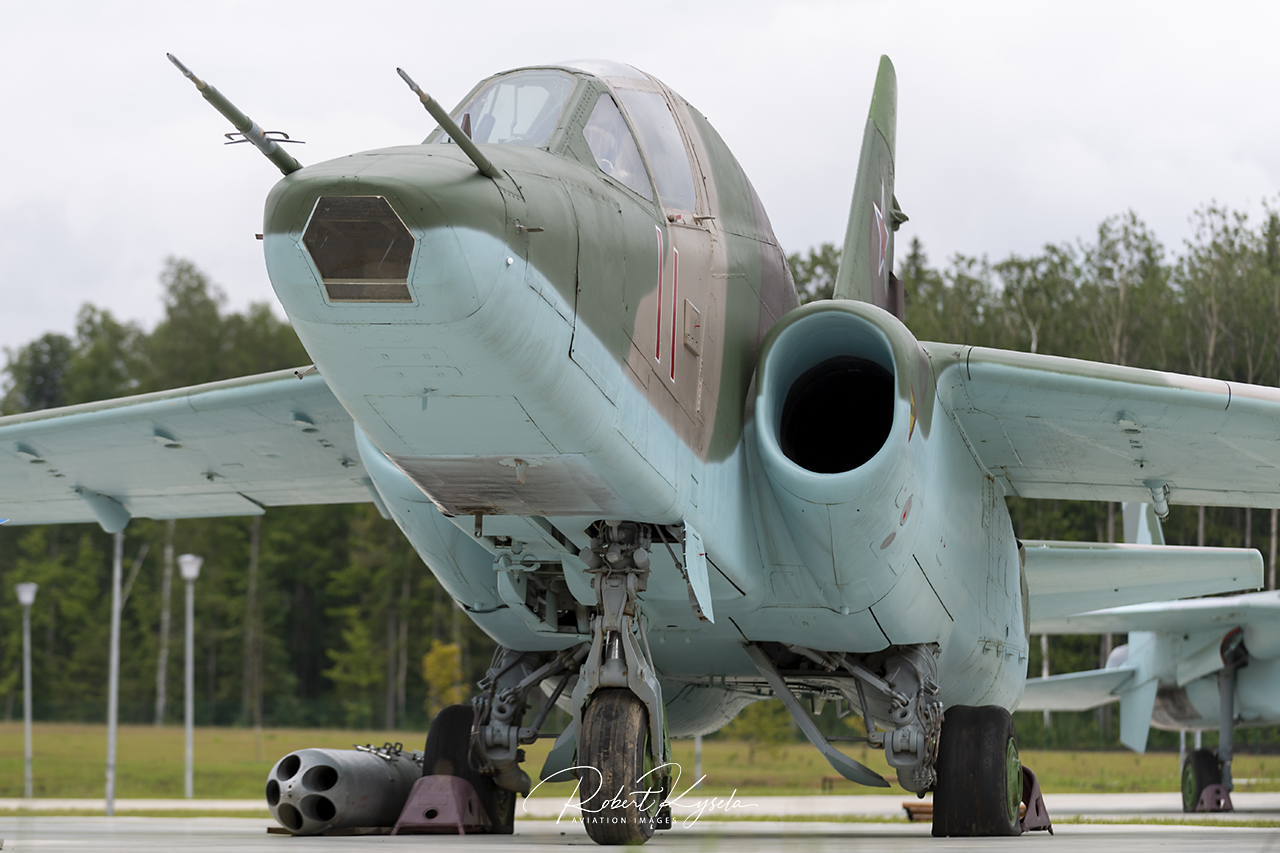
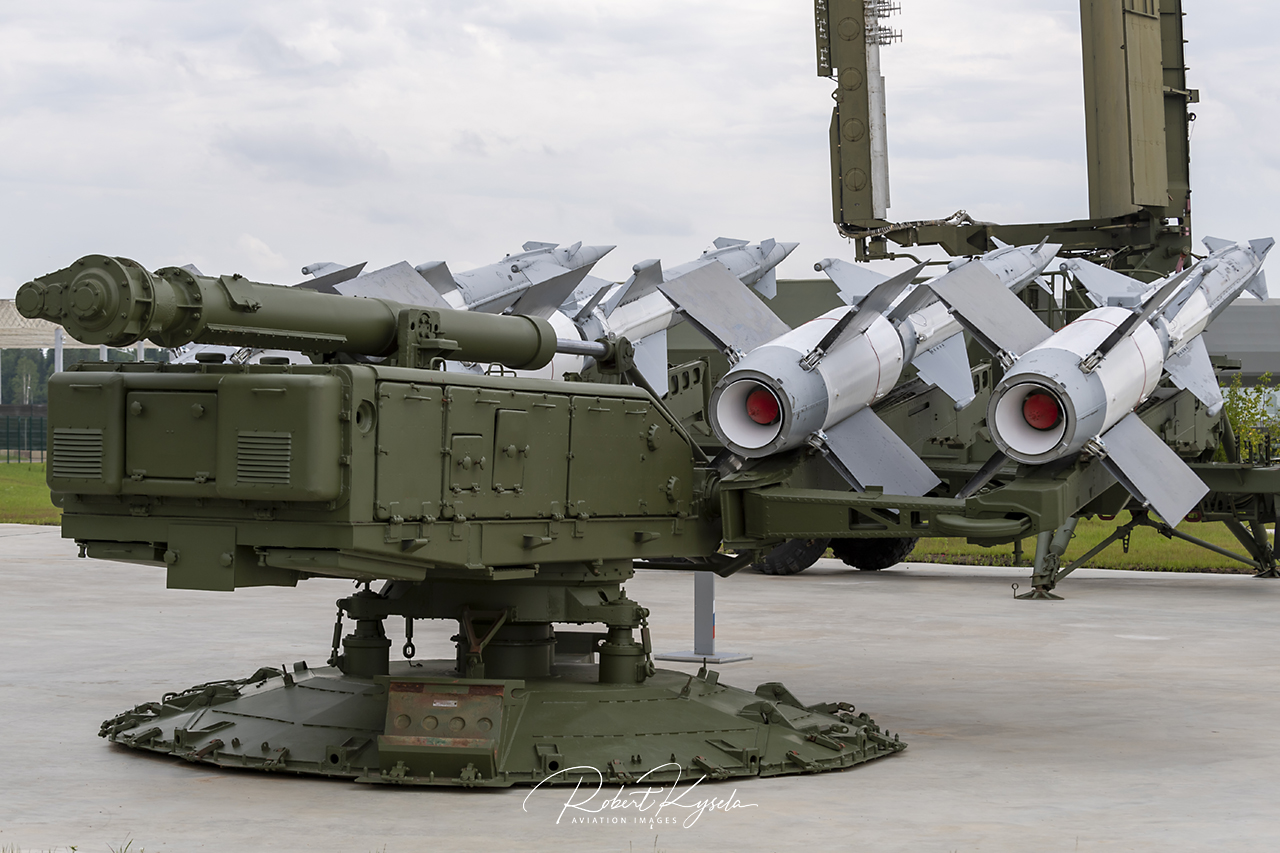
For someone interested in Russian military aircraft, today they have the opportunity to visit numerous museums within Russia as well as some of the successor states of the former Soviet Union. For example, there is a very interesting museum in the Ukraine (the OLEG ANTONOV STATE AVIATION MUSEUM in Kiev) while there are also some extensive exhibitions in Belarus, such as the BELARUS AEROSPACE MUSEUM in Minsk. The same applies to Russia of course, however most museums there (that exhibit aircraft) can only partially live up to the claim of being an aviation museum. In most cases, these museums maintain exhibits of aircraft that were previously in service at local air force bases and escaped being sent to the scrap heap by making them accessible to the general public. Therefore, the number of aircraft on display in these museums is kept quite low and manageable where most cases they are standard types such as the Mikoyan & Gurevich MiG-17, 19 and 21 and generally not a reason to visit a particular museum specifically (unless one is already in the area and has some time on their hands). An exception to this is the TSENTRAL`NYY MUZEJ WWS – CENTRAL MUSEUM OF THE AIR FORCES in Monino, north-east of Moscow. Here you can find mainly prototypes and unique aircraft, which can’t be seen anywhere else in the world.
At the moment, there are only 30+ aircraft on display, however this number is expected to increase considerably in the future
R. Kysela
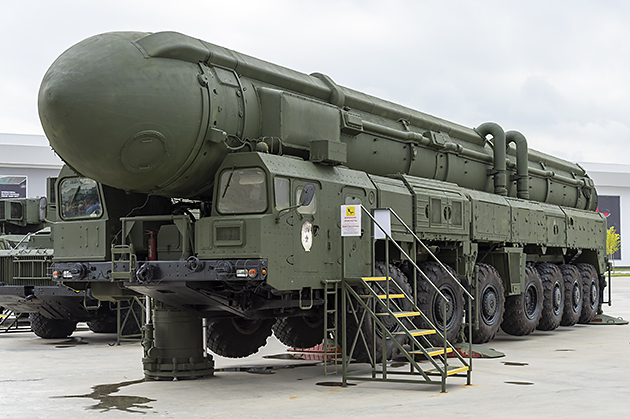
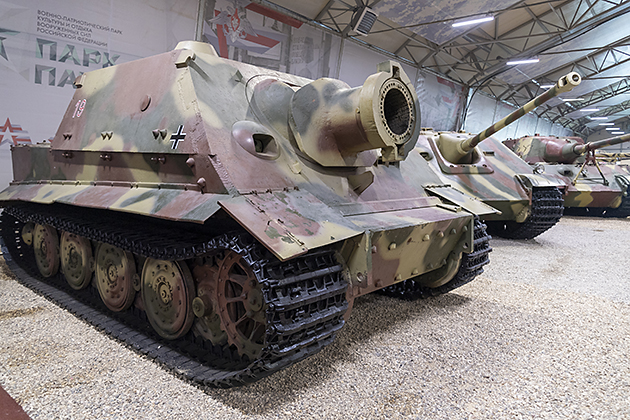
While Monino is a mecca for the aviation enthusiast, for the “tank expert” the CENTRAL MUSEUM of ARMOURED VEHICLES & WEAPONS at Kubinka is only about 40 km west of Moscow. In 2015, an enormous theme park was opened near the tank museum on an area of over 9,900 acres’ where military vehicles and equipment, and a constantly growing number of aircraft, are presented in several exhibition halls and outdoor displays. At the moment, there are only 30+ aircraft on display, however this number is expected to increase considerably in the future. According to unconfirmed rumors, there are even plans to move the complete collection from Monino to PATRIOT PARK and to close the site in Monino altogether. If and especially when this will happen is still a matter of speculation, however the idea of placing all of the rare and extremely valuable exhibits in one central location is not totally absurd. Speaking of a central location – the Kubinka Tank Museum is already part of PATRIOT PARK with several pieces from the original collection already on display in the park’s exhibition halls. Nevertheless, most of the collection including the only remaining example of the largest tank ever built, the 188-ton PzKpfw VIII “MAUS”, is still in the halls of the museum.
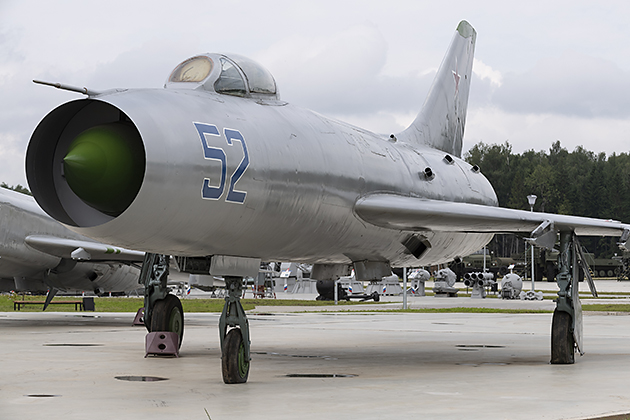
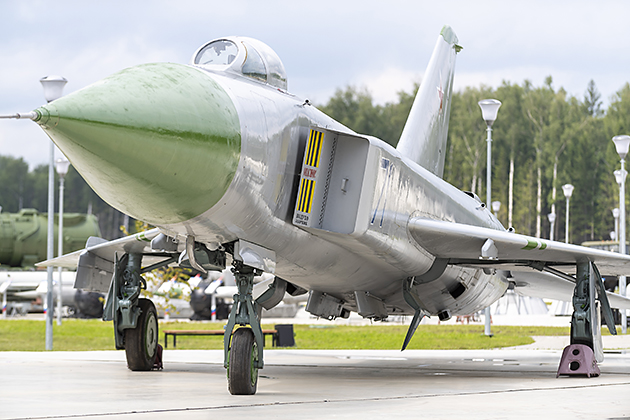
Some of the highlights of the aircraft exhibited within the huge open-air areas of PATRIOT PARK are a relatively rare Sukhoi Su-9 (NATO Code: FISHPOT), Sukhoi Su-15 (NATO Code: FLAGON) and the airframe of a Mikoyan & Gurevich MiG-25PU (NATO Code: FOXBAT-C), an unarmed trainer version of the MiG-25. It was an aircraft of this type (internal designation Je-133) that Soviet cosmonaut and test pilot Svetlana Savickaya set several (and still existing) world records including the speed record for a woman (2,683.44 km/h) on June 22, 1975. The MiG-25 was originally designed as a fast, twin-engine, high-altitude interceptor capable of countering high-flying U.S. supersonic bombers such as the Convair B-58 HUSTLER or the Mach 3 North American B-70 VALKYRIE which was in development at the time.
The MiG-25 became famous by the desertion of Russian pilot (Lt. Viktor Belenko) who flew his aircraft to Japan on September 6, 1976
R. Kysela
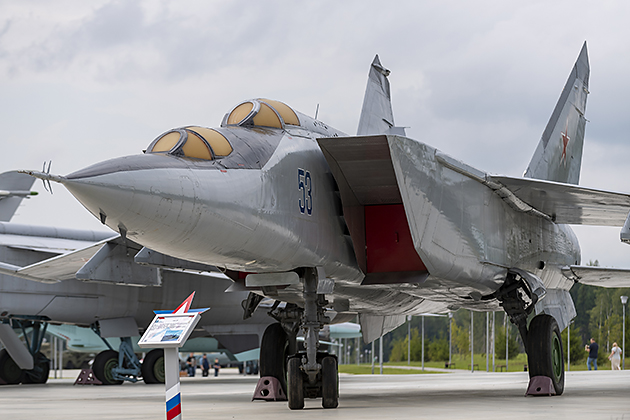
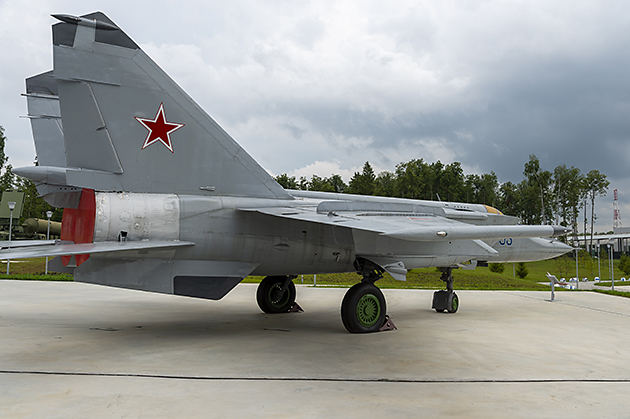
The maiden flight of the MiG-25 (with the internal designation Je-155-R1) took place on March 6, 1964 and was officially revealed to the public on September 7, 1967 at an air show to the south of Moscow, with the aircraft causing considerable unrest to the U.S. and its NATO allies. Due to the scarcity of available information, performance analysis of the new Soviet fighter was based on the assumption that the MiG-25 was an extremely fast and agile air-superiority fighter. To counter this assumption a new generation of U.S. fighters were quickly developed from which the McDonnell Douglas (today Boeing) F-15 EAGLE emerged. The MiG-25 became famous by the desertion of Russian pilot (Lt. Viktor Belenko) who flew his aircraft to Japan on September 6, 1976. Of course, the aircraft was immediately thoroughly examined and only nine and a half weeks later (in a state of complete disassembly) returned to the U.S.S.R. The data and knowledge gained by this stroke of luck not only benefited western fighter aircraft development, but also put an end to the perceived myth of the MiG-25 FOXBAT. Nevertheless, these findings showed that the MiG-25 is an enormously powerful fighter aircraft which could still be a dangerous opponent, as proven by the shooting down of a U.S.N. Boeing F/A-18C HORNET during the first Gulf War. A formation of five F/A-18C of VFA-81 “SUNLINERS” from the aircraft carrier U.S.S. SARATOGA (CV-60) were on their way to Iraq to target the Tammuz Airbase when the formation was intercepted by a single MiG-25PD of No. 96 Sqn / Iraqi Air Force. The MiG pilot Lt. Zuhair Dawoud succeeded in shooting down the aircraft of Lt. Cdr. Scott “Spike” Speicher with a Vympel R-40RD (NATO Code: AA-6 ACRID) air to air missile.
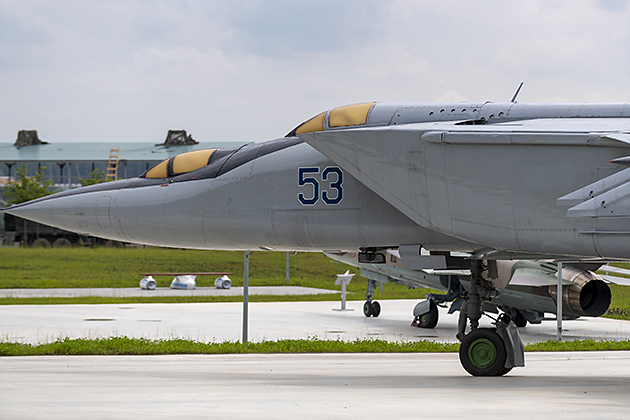
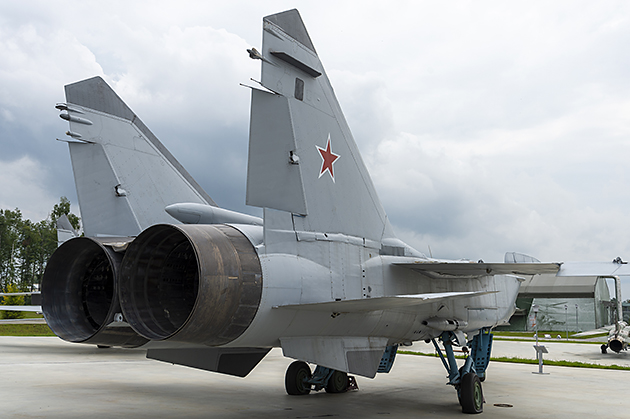
Due to its high maximum speed (Mach 2.82 – almost 3,000 km/h), it was difficult if not impossible for most western fighters to intercept a MiG-25, this was also the reason why the type was used primarily within the reconnaissance role. The MiG-25 was powered by two Tumanski R-15B-300 turbofan engines each producing a powerful 110kn of thrust, clearly these engines were designed for power and not economy. Apart from the fact the MiG-25 was equipped with analogue avionics, this was the reason why the aircraft was taken out of service almost everywhere. The Mig-25 would eventually be replaced by the MiG-31 (NATO Code: FOXHOUND) and although this aircraft was a development of the MiG-25 and looks very similar, the MiG-31 is a completely redesigned aircraft. By the way, a prototype of the MiG-31 is on display at the museum in Monino, while a production aircraft can also be admired at PATRIOT PARK.
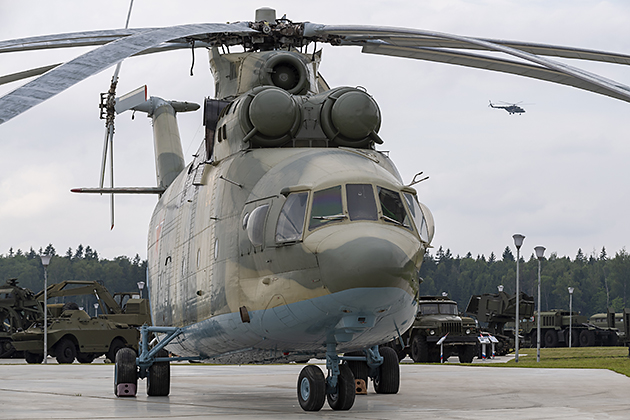
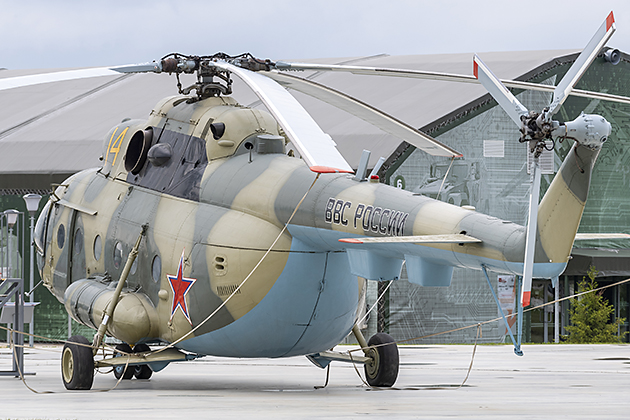
Another highlight at PATRIOT PARK is a MIL Mi-26 (NATO Code: HALO) heavy transport helicopter. This currently operational, heavy lift helicopter was developed in the early 1970’s to replace the MIL Mi-6 (NATO Code: HOOK) and made its maiden flight on December 14, 1977. With a maximum payload of almost 20 tons the Mi-26 can transport almost as much load as a four-engine Lockheed C-130 HERCULES! The sheer size of this aircraft only becomes apparent when you stand directly in front of it. The machine on display at PATRIOT PARK was built in 1985 and was restored for the exhibition in 2016. Next to the Mi-26 is a MIL Mi-8MT (NATO Code: HIP-H) built in 1978, which was also restored by the nearby repair yard OAO 121 ARZ (Aviatsionnyy Remontnyy Zavod = Aircraft Repair Facility). This is also where the maintenance and repair work on Su-25/Su-27/Su-30 and MiG-29 aircraft of the Russian Armed Forces is carried out.
If in any Vietnam war movie there is talk about the dreaded SAM's, it usually involves the S-75
R. Kysela
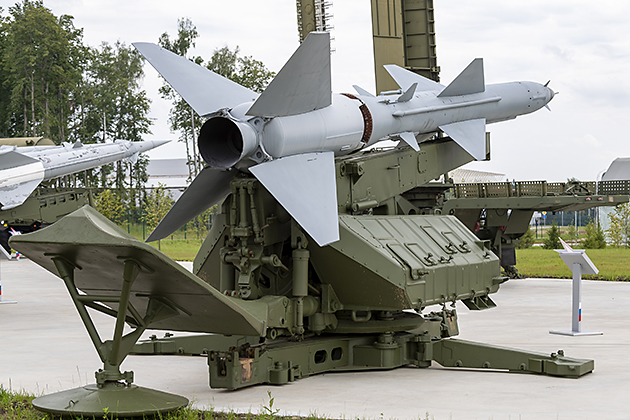
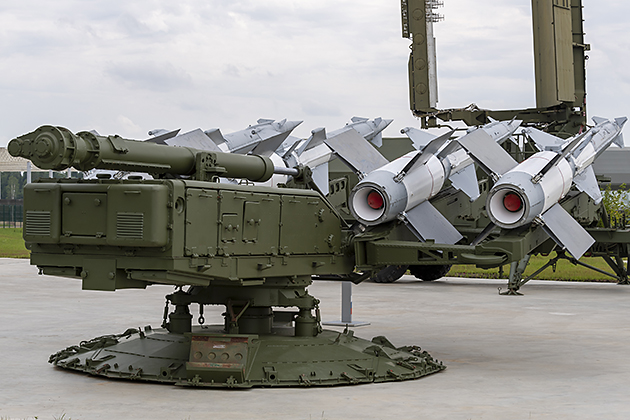
In addition to the aforementioned aircraft and helicopters, almost all of the entire range of air defence systems developed during the Soviet era can also be seen on the site, with all exhibits being in very good condition. Probably the most famous Soviet guided missile for air defence carries the official designation of S-75 “DWINA” – better known in the west as the SA-2 “GUIDELINE”. If in any Vietnam war movie there is talk about the dreaded SAM’s, it usually involves the S-75. Probably the most famous victim of an S-75 was a U.S. Lockheed U-2 spy plane shot down near Sverdlovsk on May 1,1960. The pilot, Francis Gary Powers survived the crash and was captured only to be released a little over a year later in exchange for a Russian agent. The S-75 appeared in the following years in almost every focal point of the Cold War, including the Cuban missile crisis (where another U-2 was shot down by an S-75). Almost all Warsaw Pact states held the S-75 in their inventories including the anti-aircraft missile troops of the NVA (GDR). A future development of this system is also on display at PATRIOT PARK and bares the official designation of S-125 NEWA (NATO Code: SA-3 GOA). This guided missile system has also achieved a certain notoriety where it was used to shoot down a U.S. Lockheed-Martin F-117 NIGHTHAWK near the village of Budanovci (Province of Vojvodina/Serbian Republic) – not bad performance for technology that was developed in the early 1960’s.
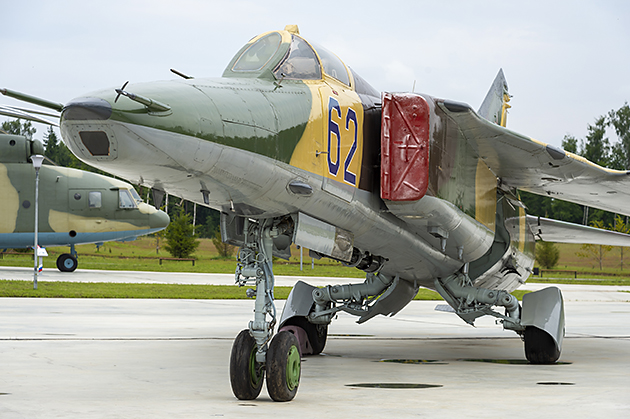
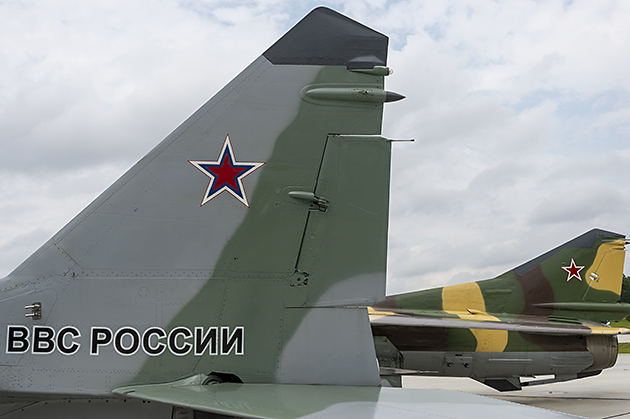
PATRIOT PARK also serves as an exhibition center for the Russian defense industry. The so-called ARMY Forum is held here which, in addition to various panel discussions, forums and sales exhibitions also provides a venue for a live fire demonstration of almost every type of battle tank, rocket launcher and anti-aircraft tank currently in active Russian service. Air support for this demonstration is provided by the nearby airbase in Kubinka. This is the base of the VVS (Voenno-Vosduschnye Sily Rossiskoi Federazii – Air Force of the Russian Federation) and also serves as home base of the Russian aerobatic teams RUSSKIYE VITJASI (RUSSIAN KNIGHTS) and STRIHZI (SWIFTS). The area of PATRIOT Park itself is part of the huge military training complex (Alabino Proving Ground).
All exhibits, whether they are tanks, artillery & guns, aircraft or air-defence systems are, without exception, well maintained
R. Kysela
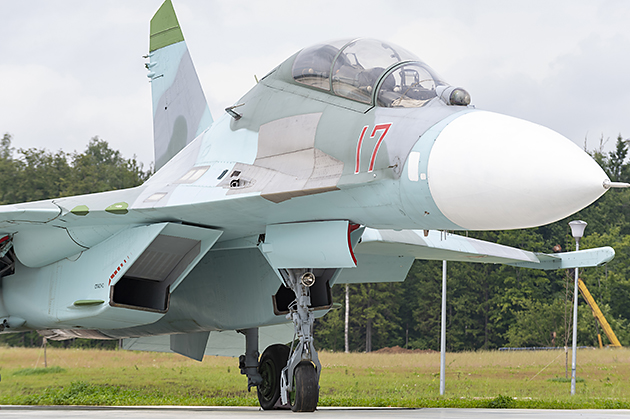
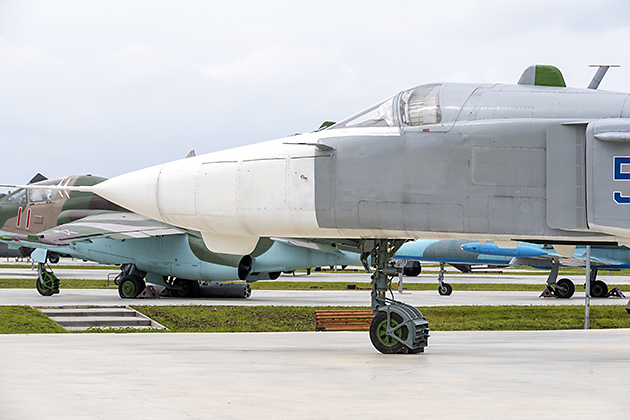
The proportion of aircraft at PATRIOT PARK is still relatively low, but from the perspective of an aviation enthusiast there are at least two reasons to consider a visit. The first reason is the fact that there are some exhibits of relatively rare aircraft. For example, a MIL Mi-26, not often found in a museum. The second reason is that the exhibited aircraft are (at least partly) in excellent condition and still have their original paint schemes (often aircraft are repainted by a museum, but unfortunately this is often not done with the necessary care and original paint). All exhibits, whether they are tanks, artillery & guns, aircraft or air-defence systems are, without exception, well maintained.
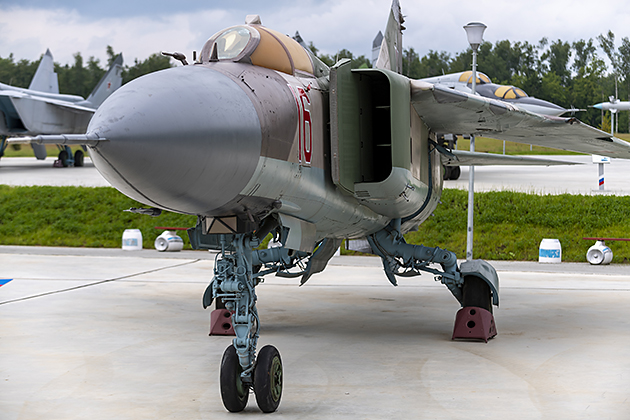
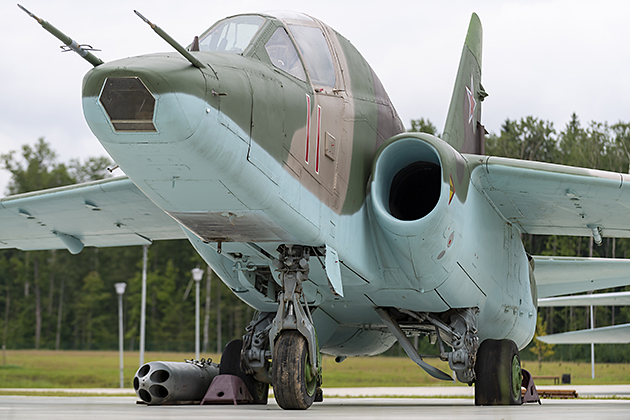
VERDICT:
Every country has its own way of dealing with its history. In Russia, the memory of the Great Patriotic War (as World War II is known there) is still omnipresent. Therefore, it’s not surprising that the creation of a huge leisure center with military flair and a lot of military activities has met with very broad acceptance amongst the general population. The combination of an aircraft museum, exhibition area for military vehicles and equipment and an amusement park for children may not appeal to some people (especially here in the west), but for aircraft enthusiasts and people interested in military technology, PATRIOT PARK is a (MILITARY) DISNEY WONDERLAND – and that is precisely what this area is often called!
Robert Kysela / CHK6

